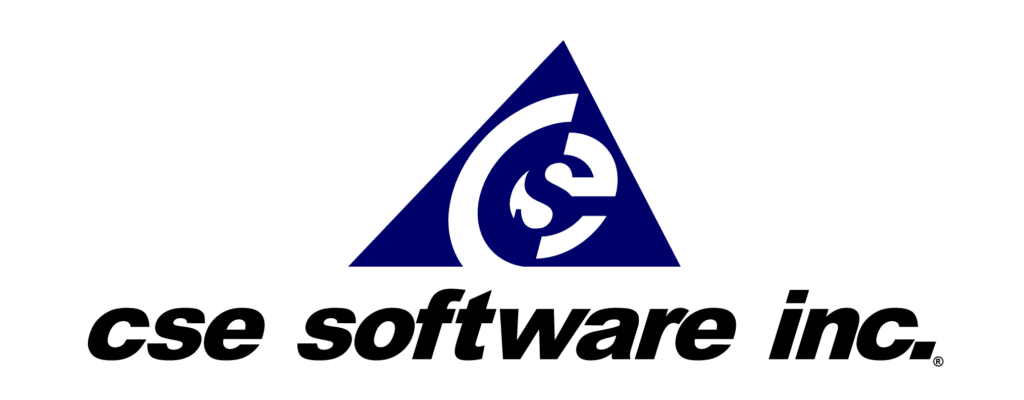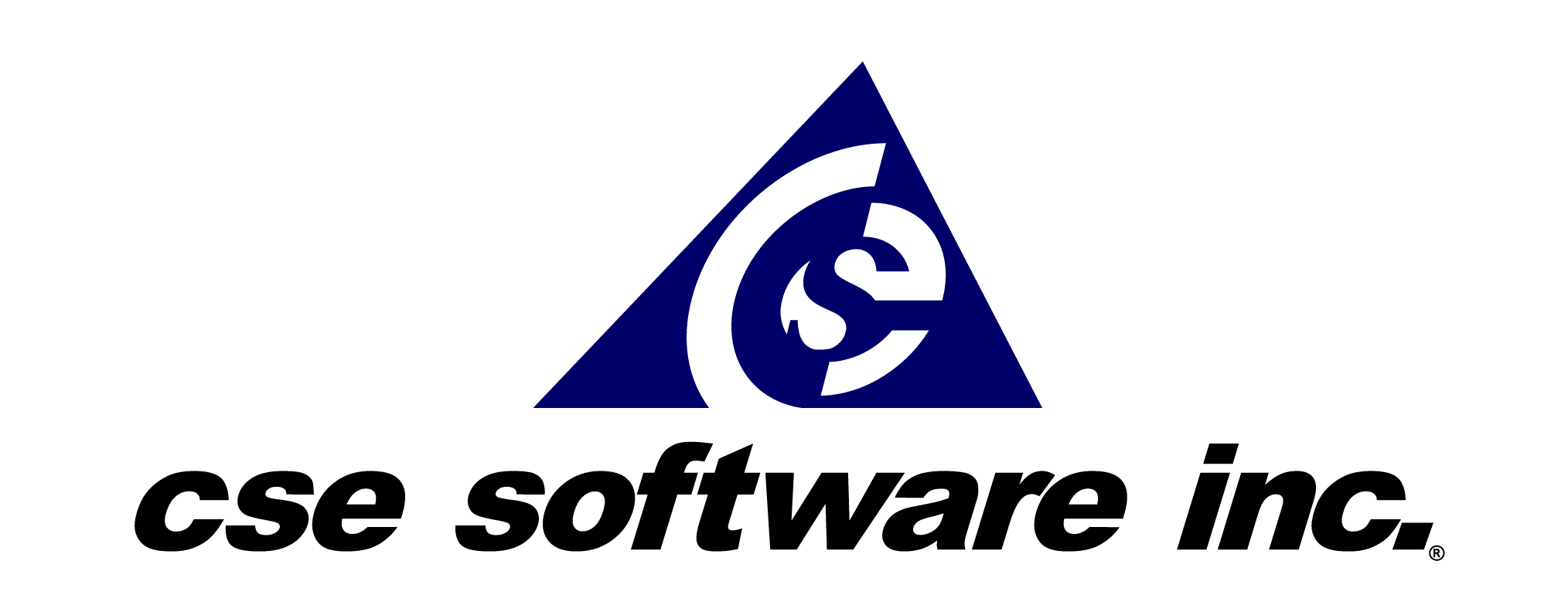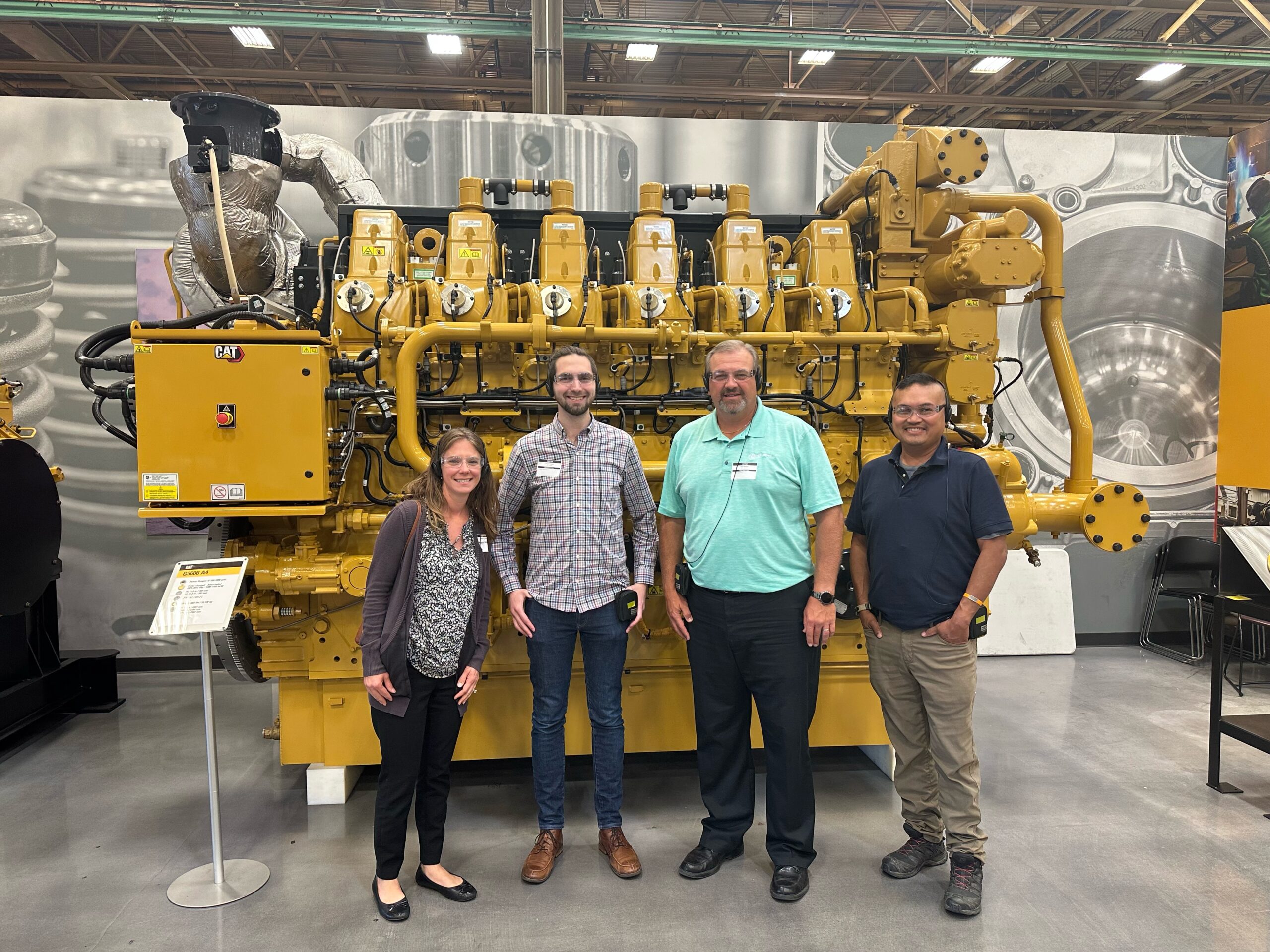Agile and DevSecOps: How Modern Teams Build Faster, Safer Software



How Modern Teams Build Faster, Safer Software
Apps need to launch faster, updates need to roll out quicker, and users expect flawless performance, all without compromising security. It’s like trying to build a rocket while it’s already mid-launch. And for teams juggling speed, quality, and compliance, the pressure isn’t slowing down.
That’s why more organizations are turning to Agile and DevSecOps. When combined with CI/CD pipelines and automated testing, these modern software development practices help teams deliver secure, high-performing applications at speed.
What Is Agile Software Development?
Agile is an iterative approach to software development that focuses on delivering value in small, manageable increments called sprints. It emphasizes:
- Flexibility and adaptability
- Cross-functional team collaboration
- Continuous feedback and improvement
- Early and frequent software delivery
Agile helps organizations respond quickly to changing requirements while keeping the end user at the center of the process.
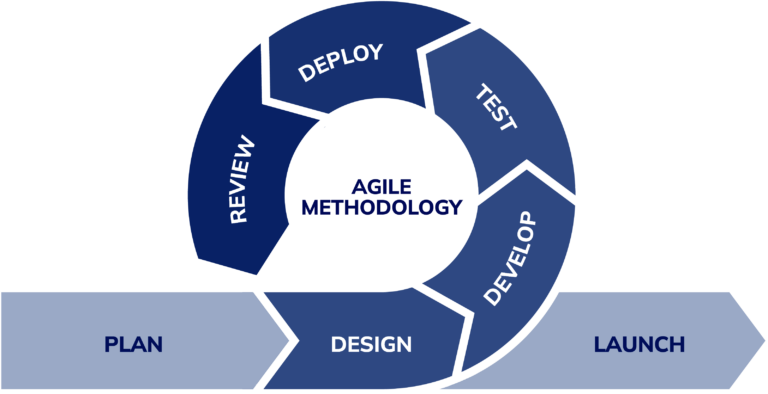
What Is DevSecOps?
DevSecOps stands for Development, Security, and Operations. It is a cultural and technical shift that integrates security into every phase of the development lifecycle, not just at the end.
Key benefits of DevSecOps include:
- Early detection of vulnerabilities
- Reduced security risks
- Faster time to deployment
- Improved team collaboration
By embedding security practices into automated workflows, DevSecOps ensures that software is both high-quality and secure by design.
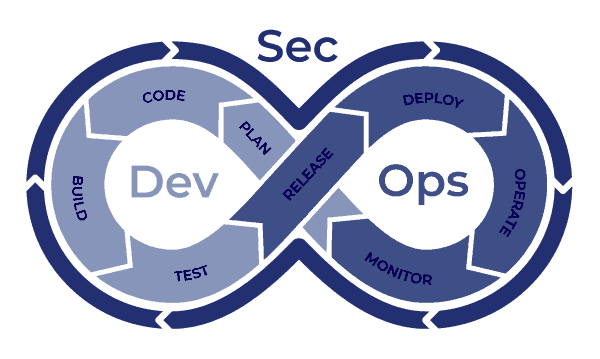
Why Agile and DevSecOps Work Better Together
A core component of DevSecOps is CI/CD, which stands for Continuous Integration and Continuous Delivery (or Deployment).
Continuous Integration (CI)
CI involves automatically building and testing code every time a developer commits changes. This prevents integration issues and speeds up feedback loops.
Continuous Delivery (CD)
CD automates the release of tested code to production environments. It minimizes manual steps and increases release frequency.
CI/CD pipelines support Agile and DevSecOps by making deployments:
- Faster
- More reliable
- Easily repeatable
The Role of Automated Testing in Secure Software Development
Automated testing is essential for maintaining quality and security in fast-moving development environments.
Types of Automated Tests
- Unit Tests: Validate individual components
- Integration Tests: Ensure systems work together
- Regression Tests: Catch new bugs from recent changes
- UI Tests: Simulate user interactions
Benefits of Automated Testing
- Detects issues earlier in the development cycle
- Reduces time spent on manual testing
- Increases test coverage and reliability
- Supports continuous delivery of secure software
In Agile and DevSecOps workflows, automated testing runs at every stage, giving teams real-time insights into the health of their applications.
Getting Started with Agile and DevSecOps
Adopting Agile and DevSecOps doesn’t have to be overwhelming. Start small and scale over time.
Tips to Begin:
- Run an Agile pilot project to establish best practices
- Introduce CI/CD tools to automate workflows
- Build a library of automated tests for critical components
- Involve security teams in sprint planning
- Track key performance indicators like deployment frequency and change failure rate
These small shifts can lead to major improvements in speed, quality, and collaboration.
Build Software That Moves at the Speed of Business
If your team is struggling to keep up with software demands, it may be time to rethink your development approach. Combining Agile and DevSecOps with CI/CD pipelines and automated testing enables faster, more secure software delivery.
By breaking down silos and integrating security from the start, your team can focus on what really matters, building software that delivers value.
Need help implementing Agile and DevSecOps?
Talk to our team about building a secure, automated software pipeline that fits your goals.
Case Studies
From increasing efficiency and reducing costs to enabling new capabilities that open up fresh market opportunities, our goal is to ensure that every technological enhancement we provide makes a significant impact on your business’s bottom line. In essence, our service is about empowering businesses with the tools they need to outperform competitors and achieve their strategic objectives.
